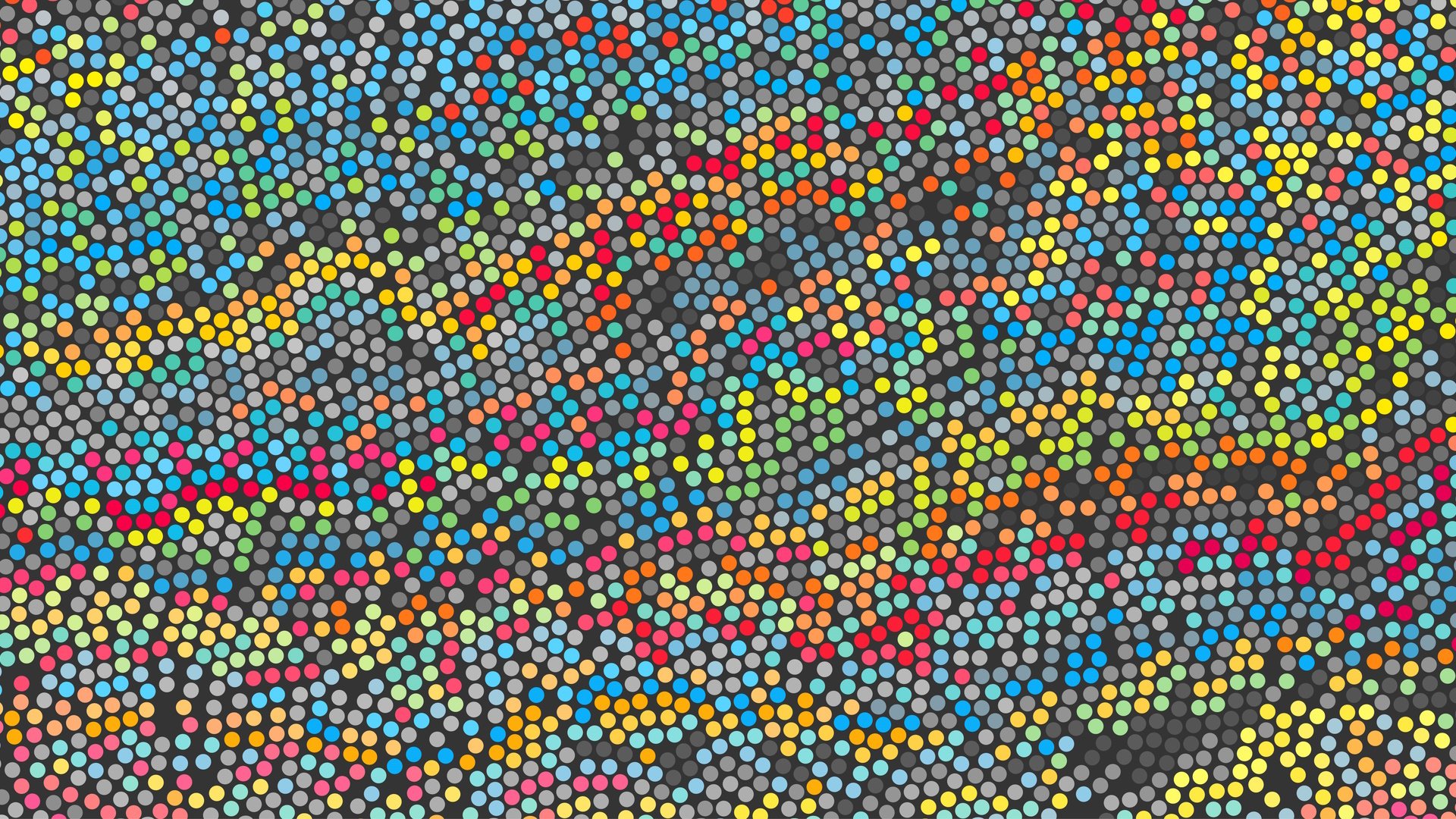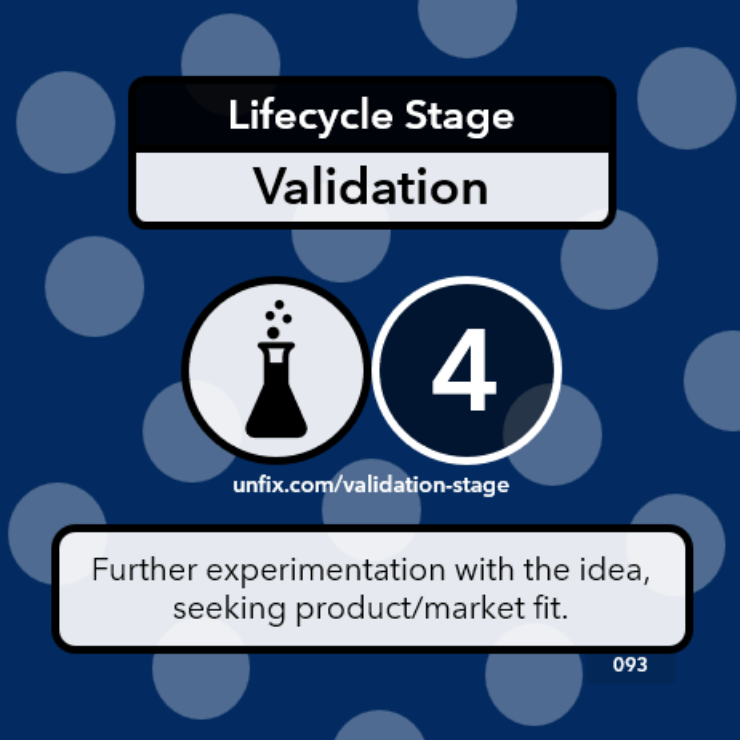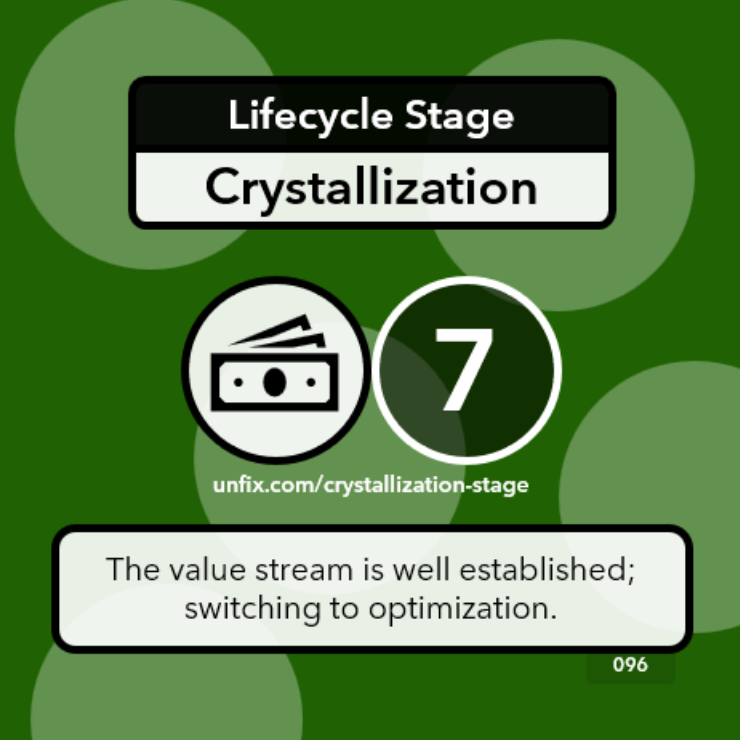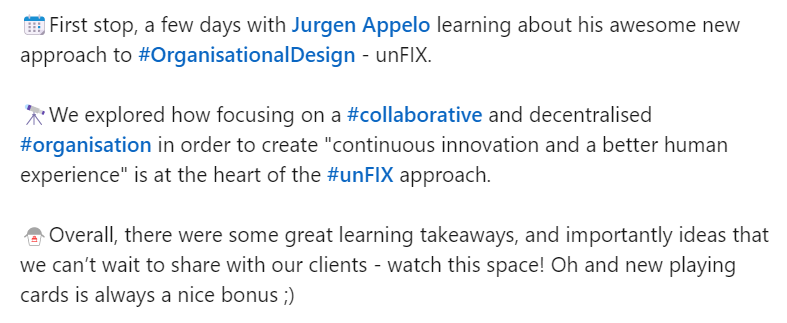
Formation (3)
Lifecycle Stage
In the Formation Stage, the organization fully commits to creating the new value stream.
Initiation • Expedition • Formation • Validation • Stabilization • Acceleration • Crystallization • Expansion • Conservation • Termination
Purpose
“It’s only in the Formation stage (3) that you become a true founder or business leader. Your startup is a toddler now. It starts communicating and behaving with a mind of its own, but it still needs daily care while it’s trying to understand its environment.
Starting at this level, you have validated Problem/Solution Fit, which means you have the green light to begin building a product. But first, you need to get an ownership structure in place, and product development has to be funded by the founders, friends, and family, or maybe through suppliers, early customers, business angels, or a corporate growth board.
In this stage, you and your co-founders are in the process of becoming fully committed to the new business. After all, when founders cannot even convince themselves to quit their regular jobs and invest some of their own resources in the company, the idea is probably not big enough for others to care about.
This stage may involve shareholder agreements, option agreements, compensation agreements, and professional advisors. At the end of this level, you have achieved Vision/Founders Fit: the co-founders agree that they’re in it for the long term to realize their vision. Up to this third stage, the toddler could get away with just playing and tinkering. However, after this level, growing up gets more serious!”
Notes
The text on this page is adapted from the book Startup, Scaleup, Screwup by Jurgen Appelo.
Rules / Constraints
We have identified no rules/constraints yet.
Free book chapter
We offer a free chapter from the book Startup, Scaleup, Screwup, which describes the Lifecycle Stages in more detail. Sign up to our newsletter to get access to the free download!




“Life is in stages. There is a stage where, like grasshoppers, we hop from grass to grass. And another, where we move from grass to grace.”
(Source: Michael Bassey Johnson)














